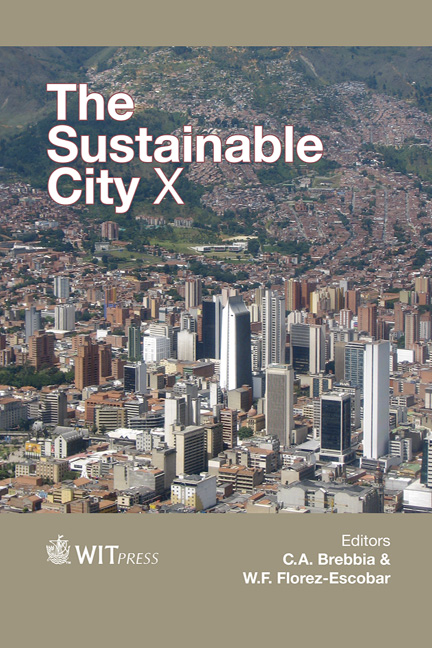Environmental Impacts Of Everyday Mobility In Andalusia (Spain): Towards A Sustainable Scenario?
Price
Free (open access)
Transaction
Volume
194
Pages
12
Page Range
373 - 384
Published
2015
Size
466 kb
Paper DOI
10.2495/SC150331
Copyright
WIT Press
Author(s)
A. L. Grindlay, E. Molero, C. Miralles-Guash, C. Lizárraga
Abstract
The contribution of transportation to environmental contamination is generally accepted to be approximately 30%. However, the various modes of transportation are not equal in their contribution. It is important to analyse the modal split in an effort to determine the degree of contribution and each mode’s impact on overall environmental contamination in order to create sustainable mobility plans and solutions. Without a clear understanding of the impact that specific forms of transport represent, current and future plans may not provide adequate solutions for sustainability and may, indeed, prove to be severely lacking. Employing a methodology used in another area (Catalonia, Spain) this paper analyses the modal split in Andalusia, Spain, based on data from the Social Mobility Survey in Urban Regions of Andalusia 2011, exploring the territorial urban patterns and the motivational category that causes them, in order to determine the effect of the travel requirements of the population and the inherent contribution this has to the emission of greenhouse gasses and the consequent impact on environmental contamination. It also discusses the different mobility scenarios proposed in the current Sustainable Urban and Metropolitan Mobility Plans in Andalusia and their expected trends, concluding that the measures currently proposed may be considered insufficient to change the model of mobility in the metropolitan areas of Andalusia.
Keywords
mobility, environment, urban transportation, urban patterns, Andalusia





